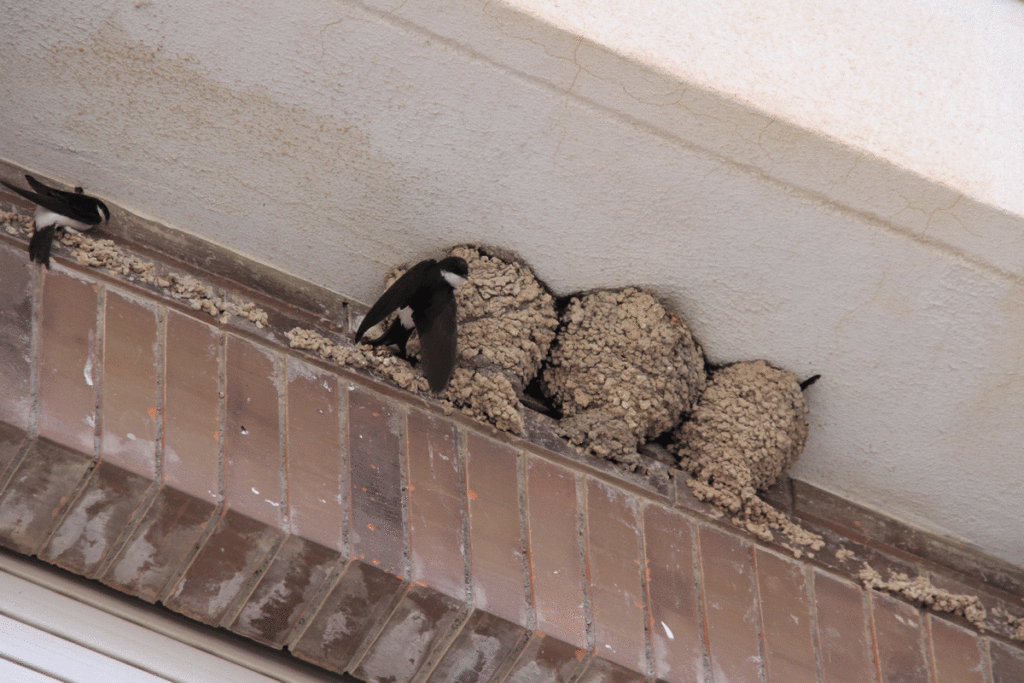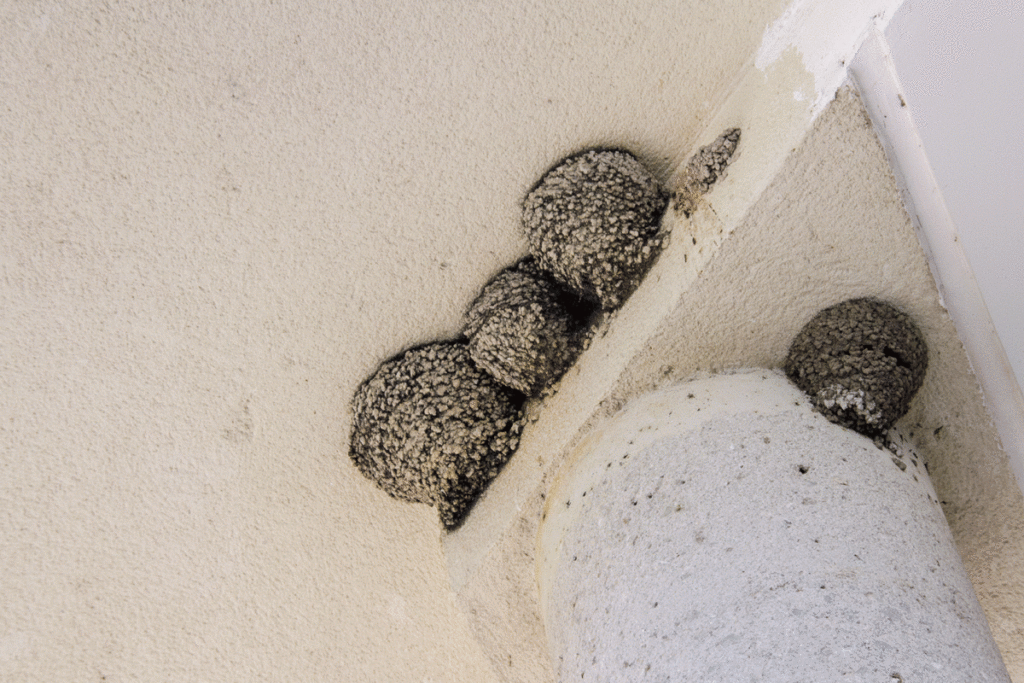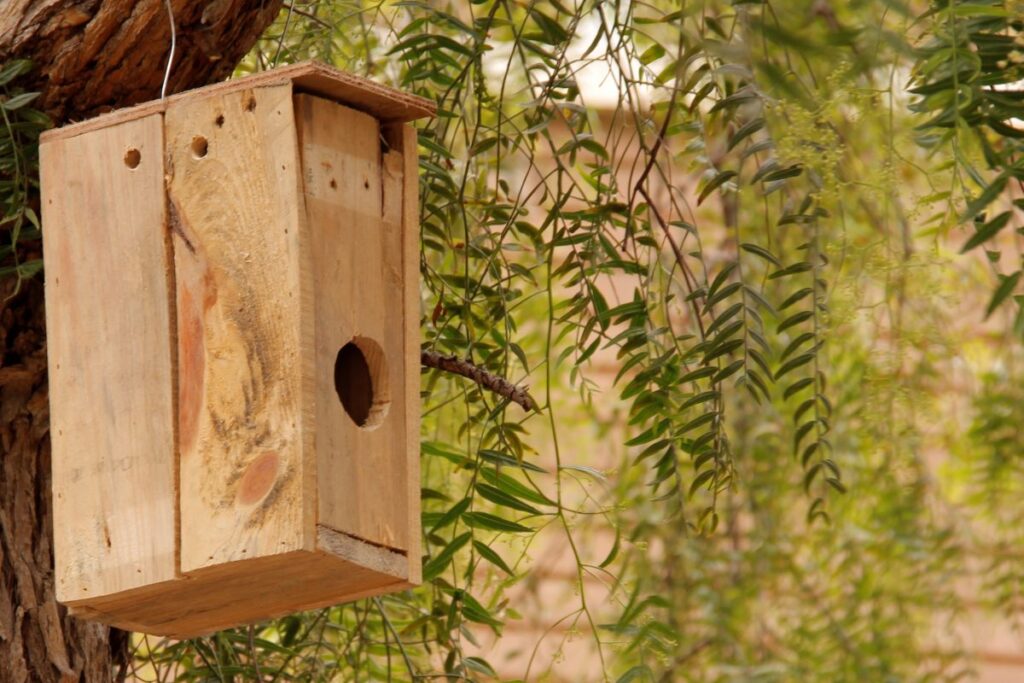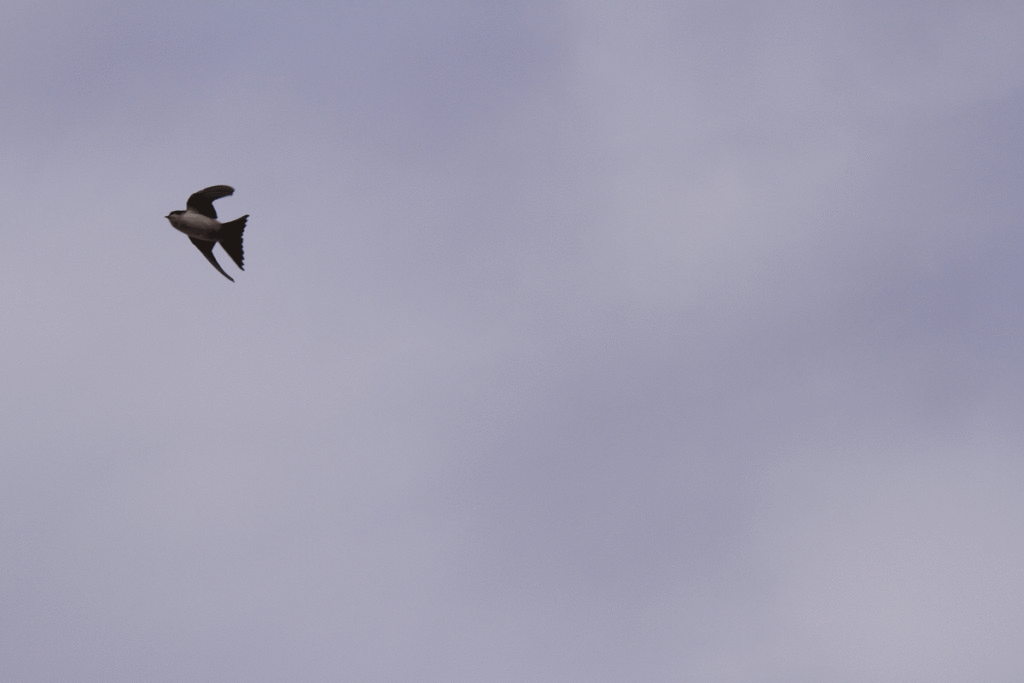COMMON BIRDS
The Environmental Area of the City of Sant Joan has launched a pioneering project for the recovery of common birds that consists of three lines of action: the recovery of the common plane, the protection of common birds, and environmental education.
Why?
The municipality of Sant Joan d’Alacant is characterized by being a territory of rural tradition, so the biodiversity of its plant and animal species is intimately related to the countryside. But due to the gradual cessation of agricultural activity and urban expansion in recent years, the population of animals, above all, has been reduced. That is why a series of actions have been launched with the aim of helping the conservation of the birds characteristic of the area.
The Environment has seen the need to harmonize urban space with the improvement of environmental conditions to ensure the permanence of common species, which traditionally nest in the municipality, contributing to restoring the region’s characteristic biodiversity.

Nests of common aircraft (Sant Joan d’Alacant)

Nests of common aircraft (Sant Joan d’Alacant)
How?
To carry out this project, the three main lines of action have been taken to work on the fundamental aspects of each of them. The Environmental Recovery Project of the Common Plane and the experience of a biologist have been developed for the census of the bird in the municipality.
Common plane – Delichon urbicum (Northern House Martin)
It is a migratory bird native to Europe and Asia, belonging to the swallow family, spread practically throughout the Iberian Peninsula. Tiene un inconfundible bicolor plumage, bluish black on the dorsal parts, with the exception of the striking white obispillo, and pure white on the ventral. There are also white-winged swifts, but their ventral parts are darker.
It is a small bird of about 14 cm with very long wings and very short legs, tiny beak and broad jaws that travels thousands of kilometers to nest and have their young in areas where flying insects abound. Because it can eat almost 1,000 insects a day it makes it an insectivorous species that helps control insect pests in humid areas, being this another reason why its conservation is elementary.
The common plane has a slow and maneuvering flight. It perches on cables and usually flies higher than common swallows. Although originally nested in cliffs and caves, birds now set their mud nests mainly on eaves and balconies of buildings, on bridges and also on rocks, at very variable altitude.
Its migration period runs from February-March arriving in Europe until September-November, wintering in southern Africa.

Its migration period runs from February-March arriving in Europe until September-November, wintering in southern Africa.
Did you know what…?
Claim: chirrp It is a very gregarious species with a shorter and less varied song than the common swallow, with rasping notes.
Practice monogamy Normally, nesting takes place in small colonies. The nests, built with mud, tend to be practically covered except for a small entrance at the top. They are nests that differ from those of the common species, species that build them on the basis of straw indoors. They lay 3 to 5 white eggs of 19 mm. sometimes with a fine red mottle. Both parents incubate for 14 to 16 days and the hatching is synchronous.
It does not breed in the Canary Islands where it is common in passing.
Because it is a species it is very common in urban centers -the exteriors of buildings are the most common places where they build nests made of mud-, the environmental recovery campaign of this species has as main action the creation of five mud zones in different parts of the municipality where these birds are concentrated that casually have chosen as their home the educational centers CEIP Rajoletes and CEIP Lo Romero and on Mount Calvari, in the area of the municipal cemetery, to facilitate this work of construction.


biodiversity conservation
In addition to this commitment to the Environmental Recovery Project of the Common Plane, work has begun on the placement of nest boxes in the green spaces of Sant Joan, built from reused pallets, in order to attract species such as the common saithe or the sparrow. These common birds are not exempt from the threat posed by the lack of conditioning of urban centers.
The conservation of the biodiversity of Sant Joan d’Alacant is a work that would not make sense if it does not broaden horizons and begin to raise awareness among the public that there are certain species that need our respect and care for their survival. That is why this campaign is pedagogical but also sustainable. For this, the + Sustainable + Sant Joan program has been created, with initiatives such as Green Bars, Reforestation, Ecological Urban Gardens, Mobility Week, Cycling Tour, Green Week and the Medi Ambient Cinema Show.
